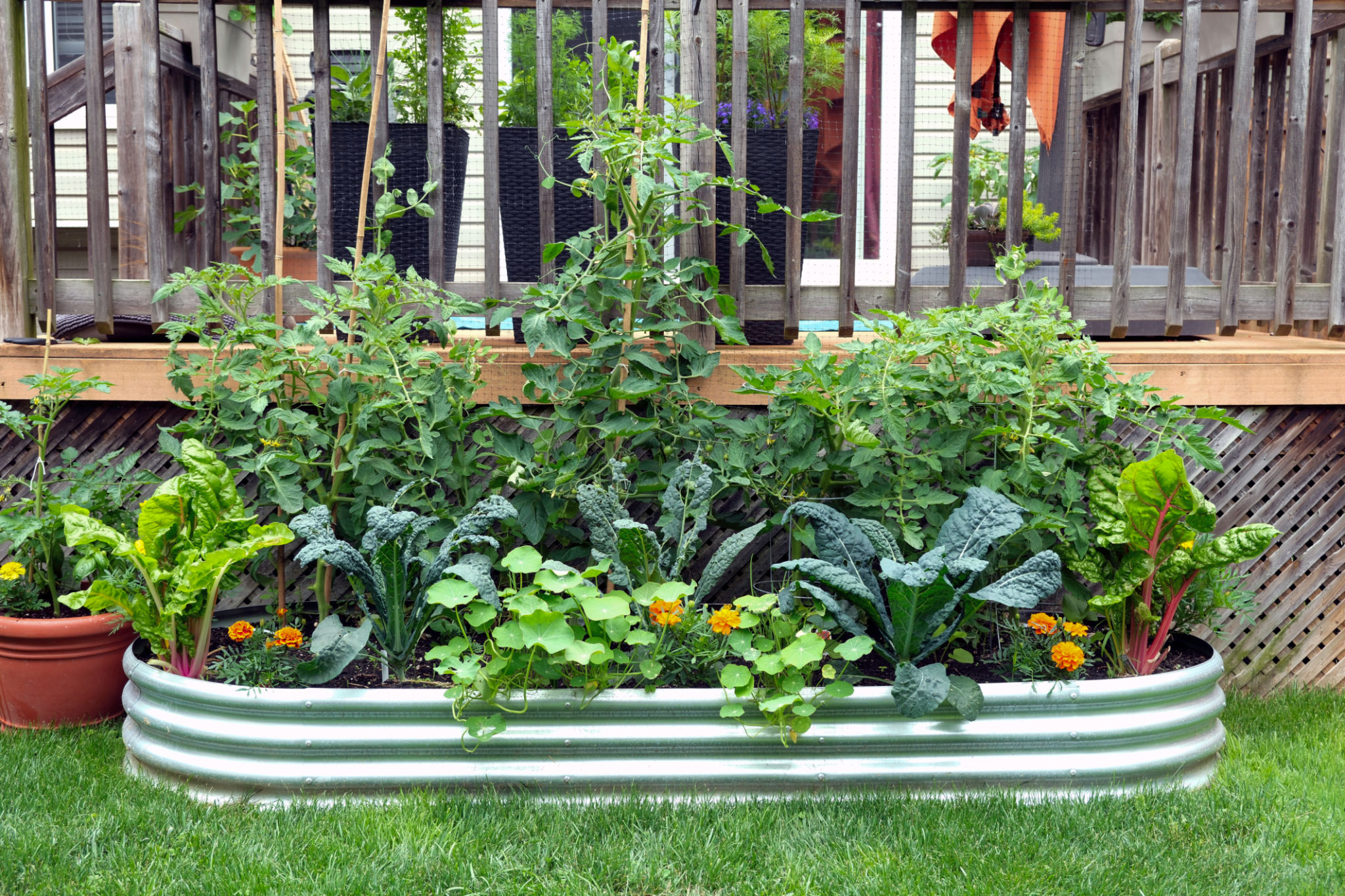DIY Eco-Friendly Landscaping: Beginner Tips from Veterans
Why Choose Eco-Friendly Landscaping?
As environmental concerns grow, many homeowners are turning to eco-friendly landscaping to create beautiful, sustainable outdoor spaces. By adopting green practices, you can reduce your environmental impact, save money on water and energy bills, and create a healthier habitat for local wildlife.
Veteran landscapers understand that eco-friendly practices not only benefit the environment but also enhance the aesthetic appeal of your garden. Whether you're an experienced gardener or a complete beginner, these tips will help you embark on your journey towards a more sustainable landscape.

Planning Your Eco-Friendly Landscape
Assessing Your Space
The first step in any successful landscaping project is to assess your available space. Consider the climate, soil type, and sunlight exposure in your garden. These factors will help you choose plants that are well-suited for your environment and require minimal resources to thrive.
Designing with Purpose
Create a landscape design that incorporates functional elements such as rain gardens, permeable paving, and native plantings. These features help manage water runoff, improve soil health, and provide habitats for beneficial insects and birds.

Choosing the Right Plants
Opting for Native Species
Native plants are an excellent choice for eco-friendly landscaping. They are well-adapted to local conditions, require less water, and support local ecosystems. Research native species that are suitable for your region and incorporate them into your garden design.
Reducing Lawn Size
Lawns consume a significant amount of water and require regular maintenance. Consider reducing the size of your lawn by incorporating ground covers, wildflower meadows, or edible landscapes. These alternatives are not only eco-friendly but also add diversity and interest to your garden.

Implementing Water Conservation Techniques
Installing Efficient Irrigation Systems
An efficient irrigation system can significantly reduce water usage in your garden. Drip irrigation and soaker hoses deliver water directly to the roots of plants, minimizing evaporation and runoff. Additionally, consider installing rain barrels to collect and store rainwater for irrigation purposes.
Mulching for Moisture Retention
Mulching is a simple yet effective technique to conserve water in your garden. By adding a layer of organic mulch around plants, you can reduce evaporation, suppress weeds, and improve soil health. Choose natural materials such as wood chips, straw, or shredded leaves for the best results.

Maintaining Your Eco-Friendly Landscape
Practicing Sustainable Gardening
Once your eco-friendly landscape is established, regular maintenance is key to its success. Practice sustainable gardening techniques such as composting organic waste, using natural fertilizers, and minimizing pesticide use. These practices promote a healthy ecosystem and reduce the need for chemical interventions.
Encouraging Biodiversity
A diverse garden is a resilient garden. Encourage biodiversity by planting a variety of species and providing habitats for pollinators and other beneficial wildlife. Birdhouses, bee hotels, and ponds are excellent additions that can enhance the ecological balance in your garden.
By following these beginner tips from veteran landscapers, you can create an eco-friendly landscape that is both beautiful and sustainable. Not only will you be contributing to environmental conservation, but you'll also enjoy the many benefits of a thriving outdoor space.
